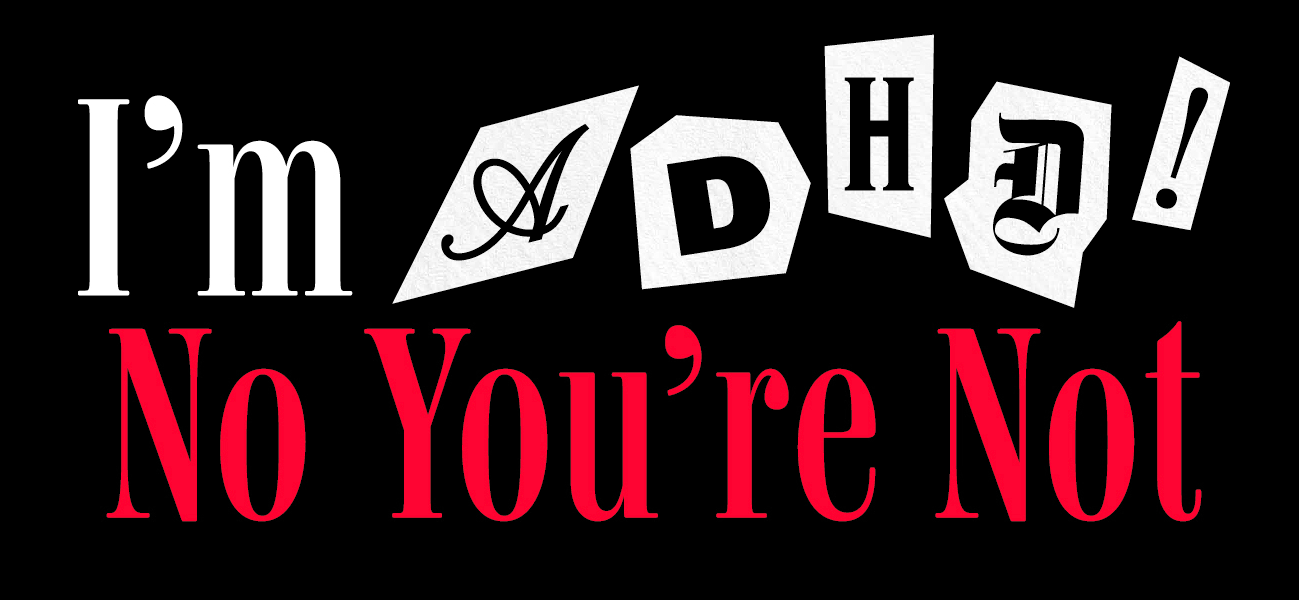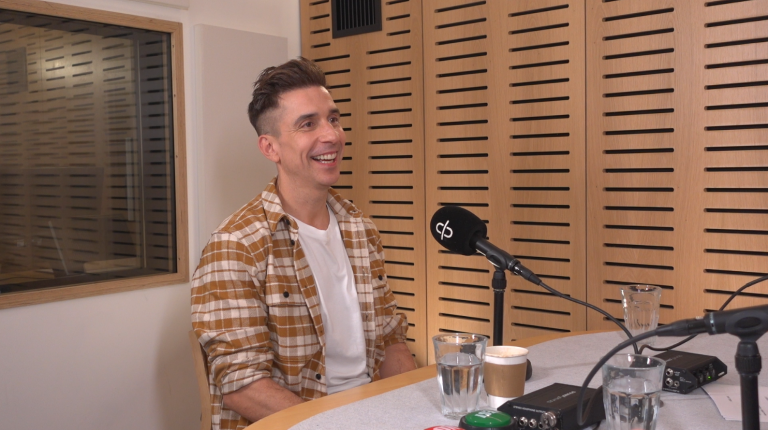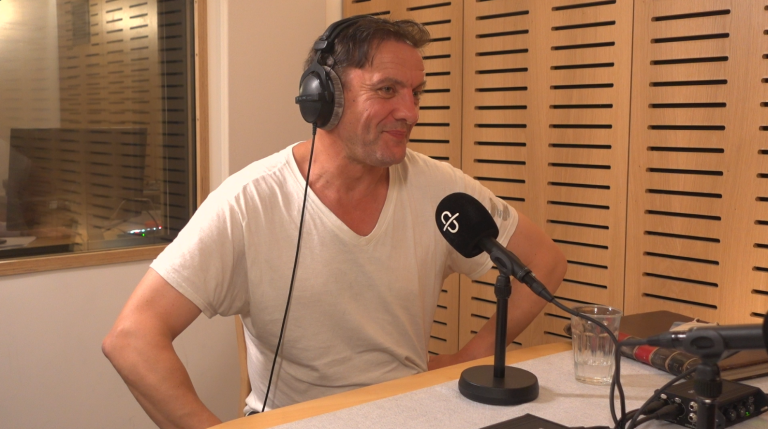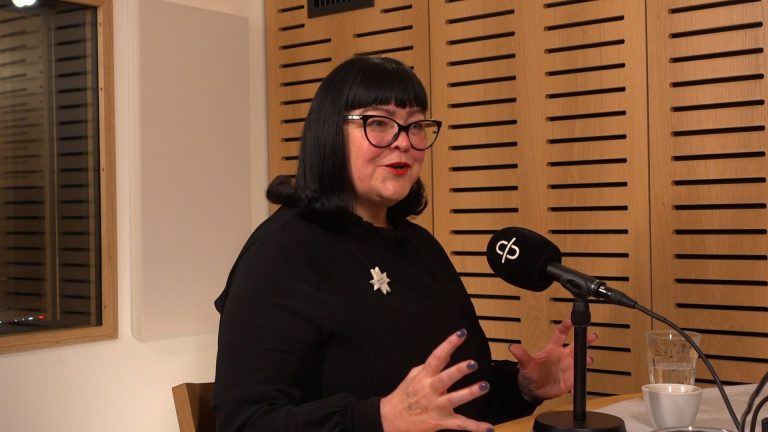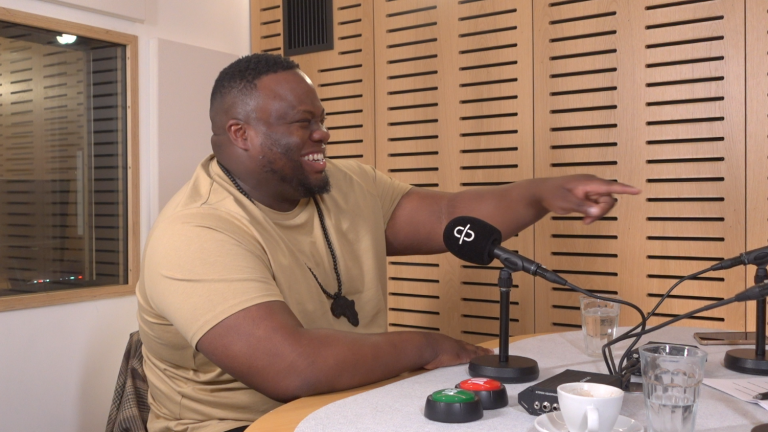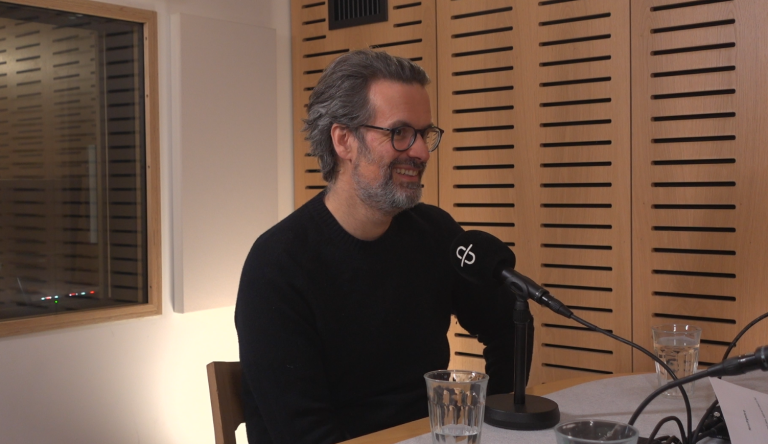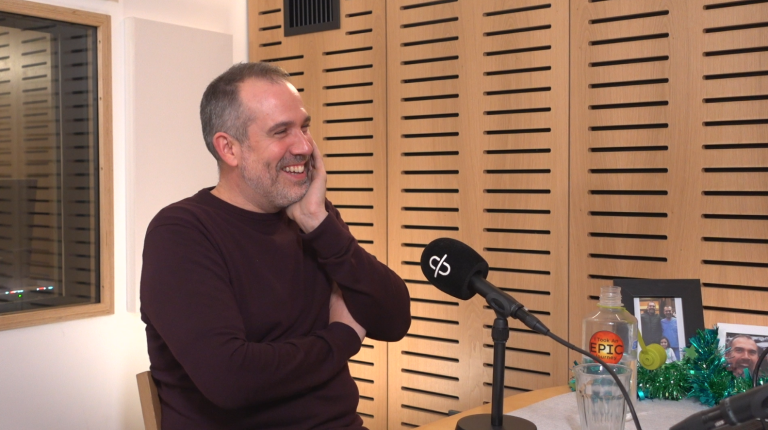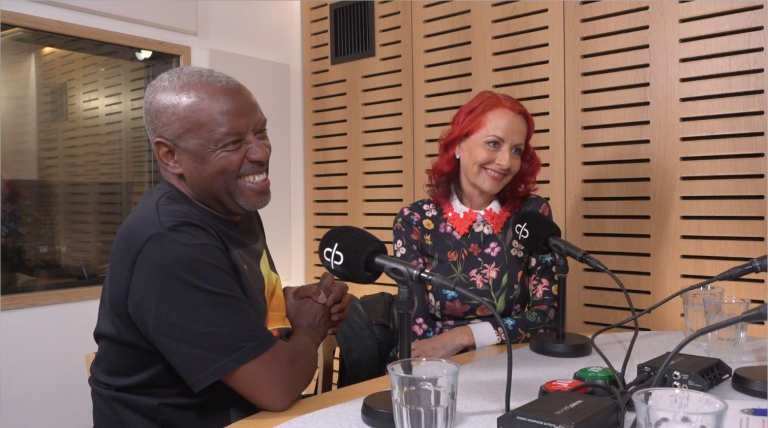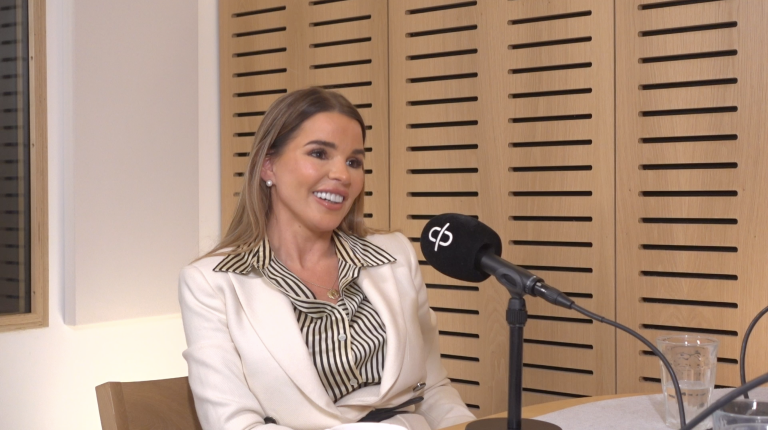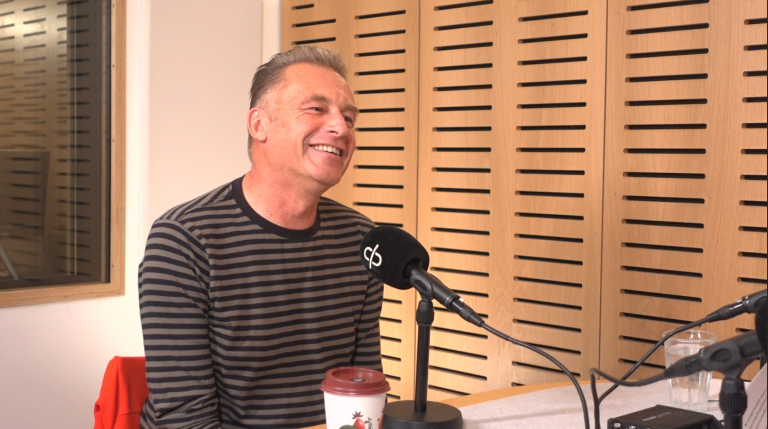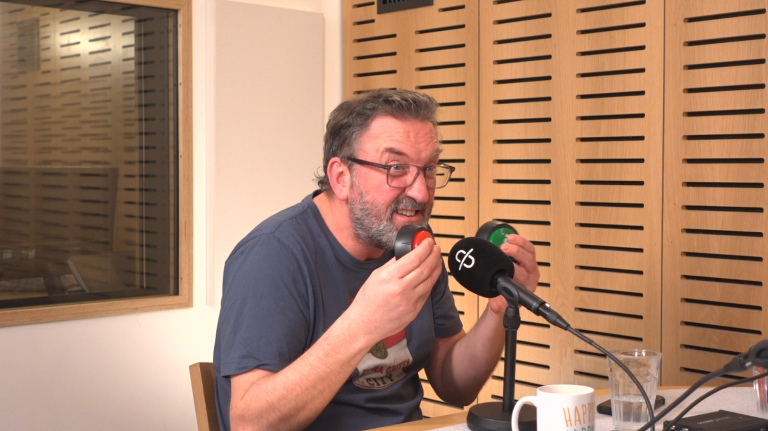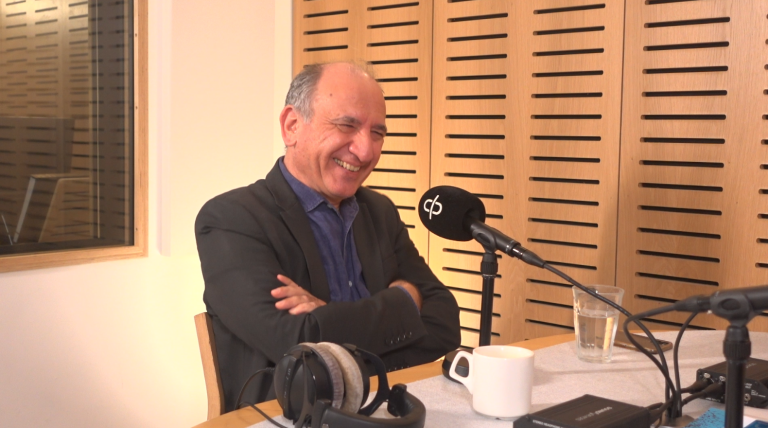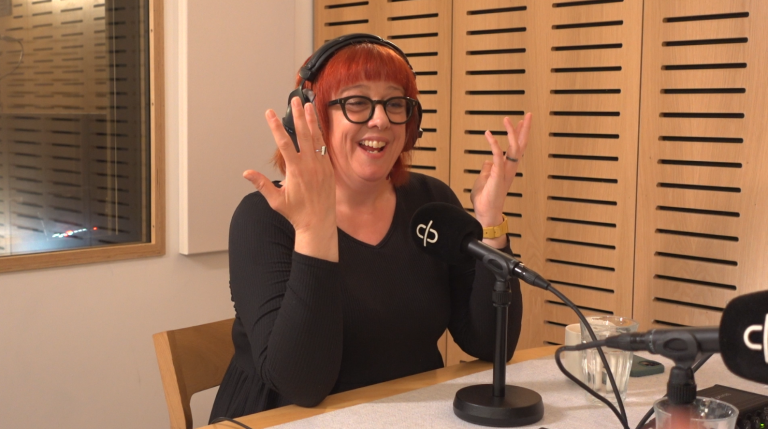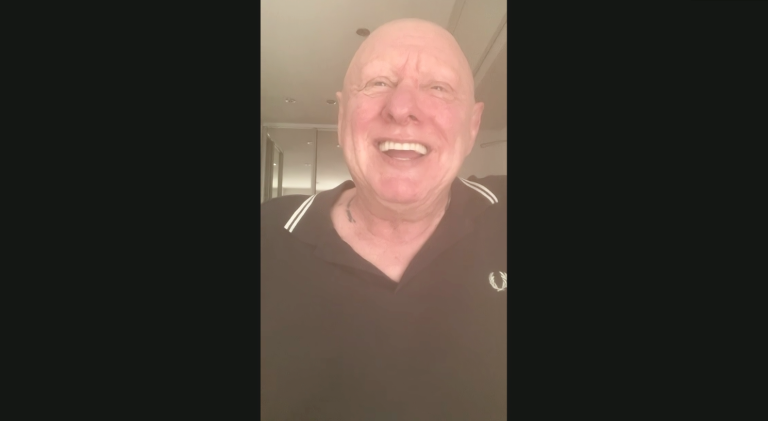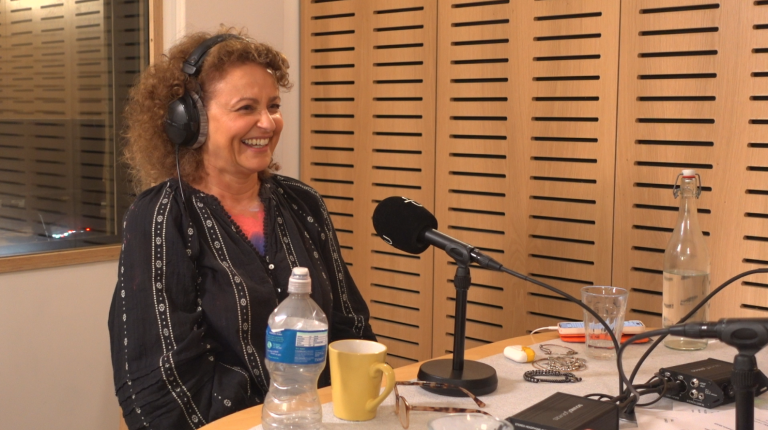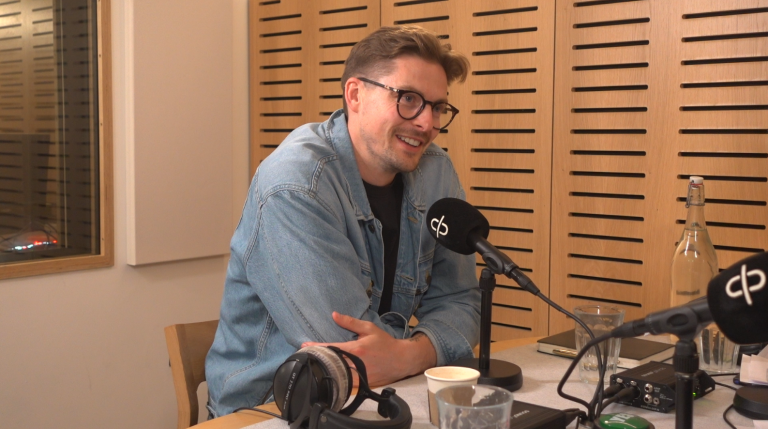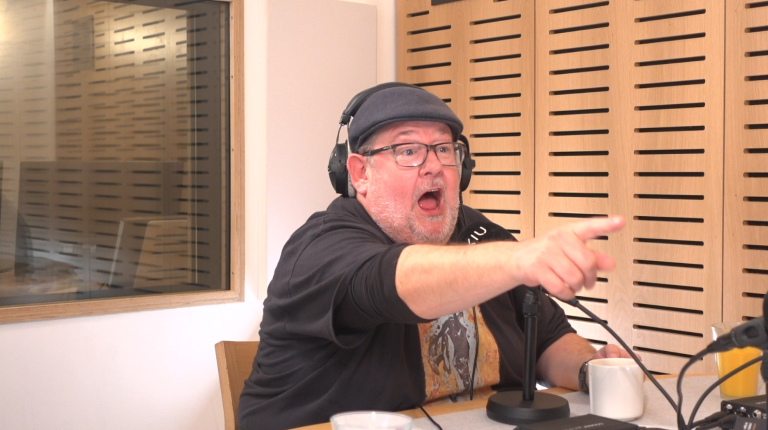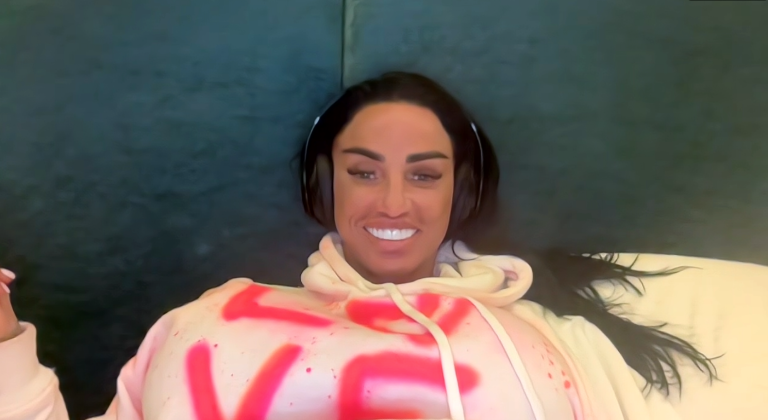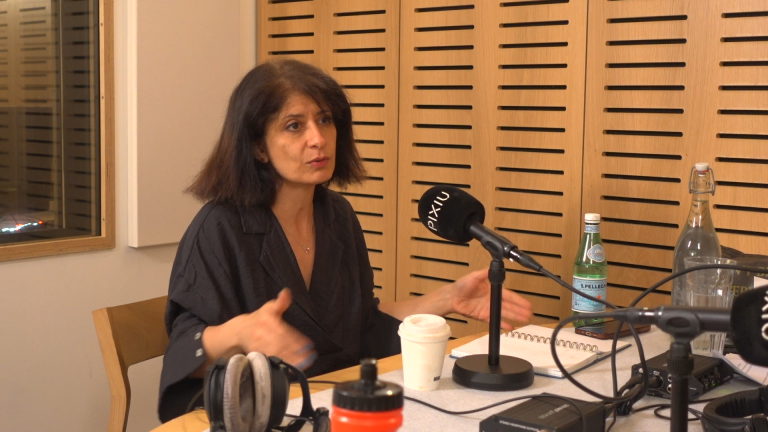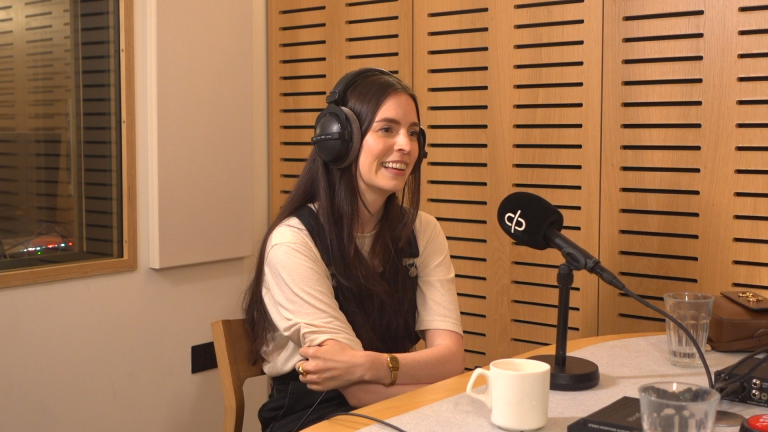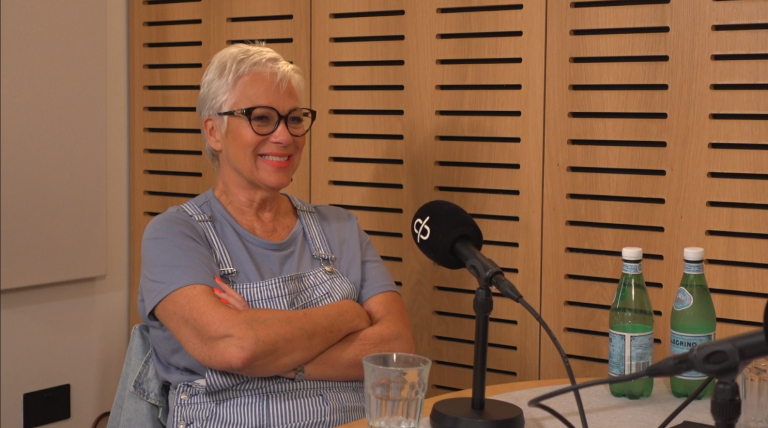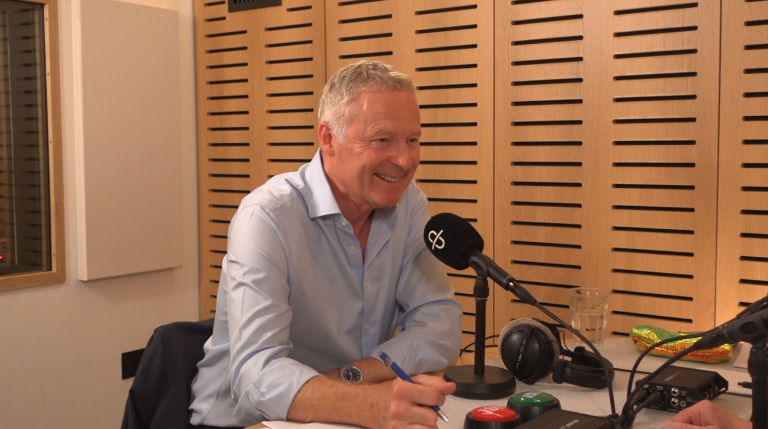The website, Flown.com: https://flown.com/home?ht=2&expSkip=true
This website has really helped me when I have a project to focus on. It sounds kind of ‘’out there’’, but it honestly works. It’s based on what they call “body doubling”. So you can book “flocks” which are blocks of time, say a two-hour session. You join an online group (either on the website itself or on Zoom) and a facilitator greets you and there are usually around 40 people in the group. You then set intentions which you can either do in small breakout groups or via the chat box (you don’t HAVE to do this, but I really recommend using the breakout groups – as excruciating as it can be to talk to a couple of strangers for a few minutes, it really gives you accountability). You then state what your intention is for that hour, be it a task to complete around the house, a piece of work or read a book, etc. You then go back into the main gathering and the facilitator will say, ‘’OK, it’s time to begin’’ – and you start working on whatever it is you said you would do – but you can see all the other people getting on with their work, and it really focuses you. After 50 minutes, the facilitator comes back on and tells you to take a break – have a stretch – move around – they will usually do a 5-minute breathing exercise, or a little quiz or something, but that is totally optional, you do whatever you need to do. Then they call you back for another 50-minute focus session. At the end of the second 50 minutes, you go back into your breakout groups (totally optional – but trust me, try it!) and tell them whether you achieved what you set out to do. If you are like me, the thought of admitting to two or three strangers that you faffed about and did nothing really focuses you on the task in hand! It has been a godsend when I have had a piece of work to complete.
